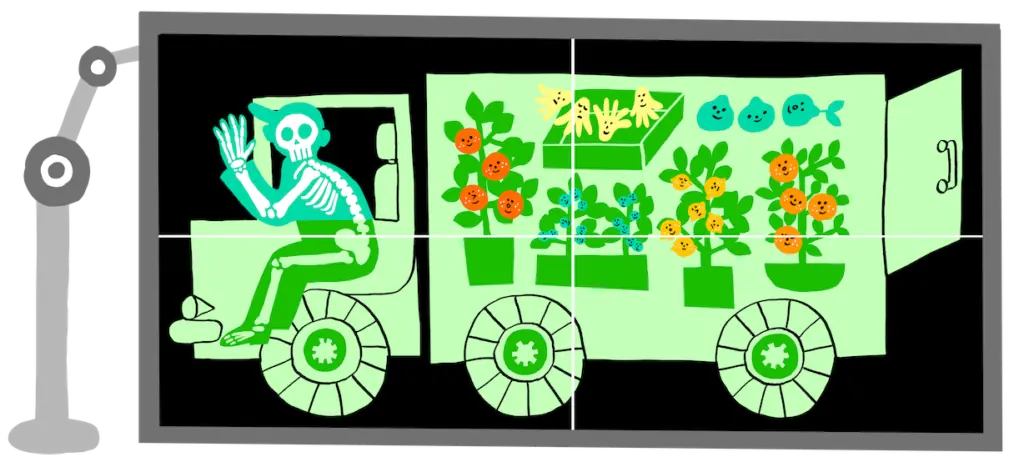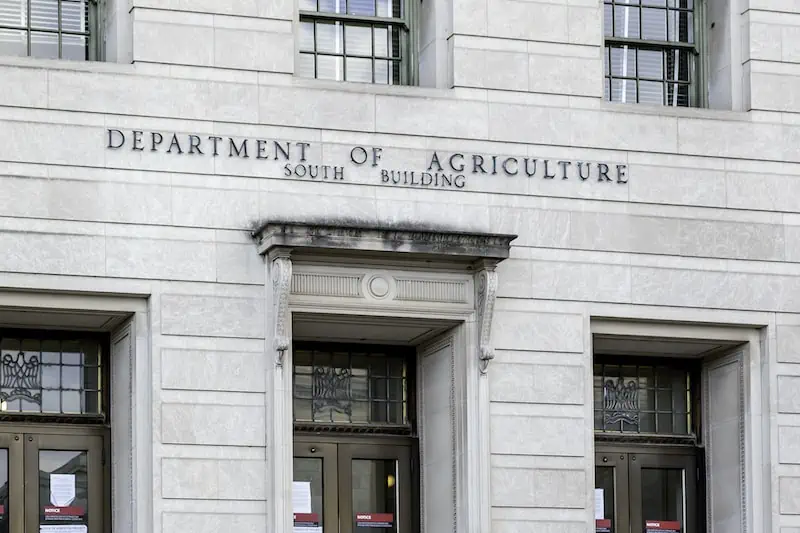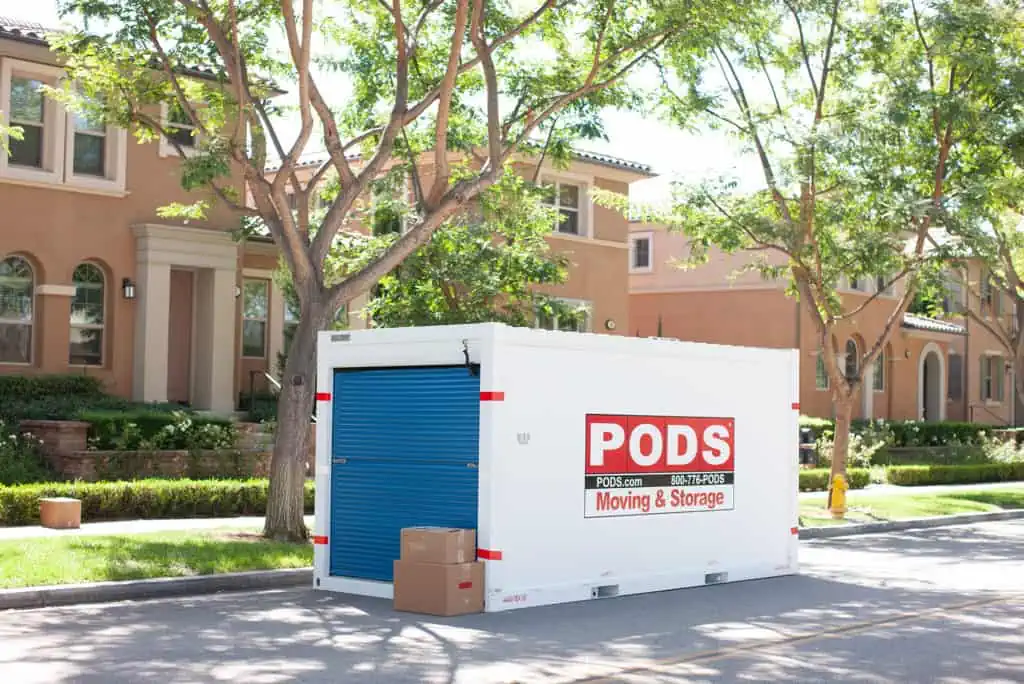What visions fill your head when you think of moving to Florida? Endless sunshine and miles of white-sand beaches? The Miami nightlife? The backwoods wildlife?
For all the fun that may be on your mind, do remember that before living the spring break life, new residents may want to know what they’re getting into before moving to Florida. It turns out, Florida’s laws make it a pretty unique place. Here’s a rundown of many of the things Florida doesn’t allow you to bring into it.
Plants and Produce
Here are the main plants you can’t bring into Florida:
- Non-native aquatic plants or seeds
- Citrus plants
- Dogwood plants
- Sugarcane
- Noxious weeds
- Any plant hosting boll weevils
- Any plant hosting fruit flies
There are additional pests and types of agriculture to avoid as well, which you can read about on Florida’s Department of Agriculture website.
Why can’t I bring these plants in?
Florida’s citrus fruit industry is massive. 59% of the nation’s grapefruit groves, 70% of the country’s orange groves, and 57% of all citrus-growing acres in the U.S. are right here on the peninsula.
It should be no surprise, then, that the state operates a series of agriculture inspection stations – twenty-three of them, to be exact – where the authorities work 24/7/365 to keep plant pests and diseases from infiltrating and destroying their crops.
These inspection stations are located along the Georgia-Florida border and along highways leading from the panhandle into the peninsula. (There is only one inspection station in the actual panhandle, along I-10 near the Alabama border.) If you are driving a rental truck, you are required by law to stop for inspection. If you are in your own vehicle you are not required to stop.
If you happen to have a tangerine in your vehicle, no problem! Citrus fruits can be transported into Florida (though that would be like bringing a can of Budweiser to Germany). On the other hand, according to the Florida Department of Agriculture and Consumer Services: “It is unlawful to move into Florida any and all kinds of citrus trees and parts thereof except by a special permit from the Division Director.” In addition, no non-native aquatic plants or seeds may be imported into the state without a permit from the Florida Department of Environmental Protection (DEP).
While your tangerine gets a free pass, your Ficus tree does not. Household plants coming into Florida must be accompanied by a certificate of inspection. If your home state does not provide such certification, the state says you must be able to furnish the DEP with a Florida address where the plants will be located. This information will enable the department to conduct a follow-up inspection if deemed necessary.” So as long as you give Officer Friendly the information he or she needs, you and your Ficus should be allowed to continue on down the highway together.
To make sure what you are hauling is legal, check this page of the FDACS website. If you can’t get your answers online (or simply don’t have the time and patience to muddle through it all), you can always contact the Division of Plant Industry at 1-800-282-5153 or the Office of Agriculture Law Enforcement at (850) 922-6507. Or just stop and ask at the inspection station if you’re worried about what you’re carrying. It’s well worth the peace of mind.
Can I bring marijuana into Florida?
At the time of this writing, recreational marijuana use is strictly illegal in Florida. Penalties for possession vary, from four-digit fines, to 1-5 years of jail time. Growing marijuana in your home is also illegal in Florida. At present, some Florida lawmakers are pushing for the legalization of recreational marijuana use, though no legislative efforts seem likely before 2022.
Pets and Exotic Animals
You can bring most traditionally domesticated animals into Florida, but they need to be inspected in the first month. Plan to obtain a certificate of veterinary inspection within thirty days of moving your dog, cat or bird into the state.
If you have a cat, you have it easy in Florida—at least by the fact that there are few regulations for owning one. Rather than looking to the state, check with your local municipality for whatever laws pertain to your feline companion.
What are Florida’s dog laws?
Dogs, on the other hand, are kept on a shorter regulatory leash.
Florida state law requires vaccinations for no fewer than nine different diseases. One of them is Leptospirosis, a potentially-fatal disease that usually originates with smaller forms of wildlife or livestock, and is often transmitted via animal urine existing in ponds, puddles or streams. Heartworm disease can also be deadly, but is not on the vaccination list. Heartworms are most often transmitted by mosquitos that in Florida’s warm climate never quite go away. Foxes and coyotes are also known as occasional culprits.
(To that last point, letting your dog run wild in the woods can also lead to direct encounters with any of Florida’s many species of venomous snakes, Black bears usually run from dogs, but that’s not always the end of the story. Alligators simply eat your dog.)
“If you are driving a rental truck, you are required by law to stop for inspection.”
There are local laws for keeping your dog on a leash in public in Florida, to keep you, your dog, and those around you safe. As with other issues, check with your municipal or county authorities. Keeping your pup on a leash is an especially good idea in any city or town in Florida, where there are statewide statutes known as “strict liability” laws that cover dog bites. Even if your dachshund has never so much as nipped at someone, if he or she snaps, the state will hold you the owner responsible for the consequences of your bad dog’s behavior (though there may be mitigating circumstances).
What about other animals?
On the more exotic side, you may find it useful to know you can keep non-venomous, non-threatened snakes, reptiles and amphibians.
Exotic animals like gorillas, snow leopards and Komodo dragons are out of the question (at least without a proper permit, in case you’re inspired by a certain Tiger King). Please don’t take my word for it though, check what the Florida Fish and Wildlife Conservation Commission has to say.
Florida Guns & Weapons Laws
Florida may not have a gun-slinging, wild, wild west reputation, but that doesn’t mean they aren’t trying.
Despite not being an “open-carry” state, carrying a gun into Florida is perfectly legal, even if you don’t have a license. You only can’t have it sitting out in the open within easy reach. (You can, however, have it sitting in your unlocked glove compartment, or in a box with a lid.) Note that there are some restrictions, such as having to be older than 18 years old.
Please note: Other states you drive through have their own laws. Check them before you head for the highway packing heat.
Which weapons can I bring into Florida?
If you own a Florida Concealed Weapons and Firearms License (CWFL), almost anything goes. Some of the more common weapons Florida allows are:
- Handguns
- Knives
- Brass knuckles
- Tear gas
- Tasers
There are, however, a number of places where carry is still restricted, such as government buildings, schools, and polling places.
No license is required in Florida for:
- Pocket knives under four inches
- Chemical spray containing less than two ounces of chemicals
- Non-lethal stun guns
If you wish to apply for a CWFL, go here.
Please note: Only handguns are covered consistently state-wide. For all other weapons, local statutes may actually differ, so check. Also be aware that there is no open carry in Florida, except in a few limited circumstances. And while it is legal to own and keep a firearm or weapon in your residence, a private property owner (i.e., your landlord) can prohibit weapons on their property if they wish. Knowing violation can get you an armed trespass felony, so again, check what’s legal before finding out the hard way.
Here is a quick run-down of the most pertinent of Florida’s firearm/weapons laws. This resource goes into more detail about carrying with a permit.
Other important Florida laws
What a bummer it would be to cover all your firearms, citrus fruit and exotic animal bases only to be nailed for a silly little moving violation. To this point, here are a few things to keep in mind as you roll down the Floridian pavement.
Seat belts: They are required in the front seat of your vehicle, and are mandatory for everyone under 18 regardless where they are seated.
Florida ID or license: You must get a Florida license within 30 days of becoming a resident. (Also of interest is that beginning in October 2021, you will need REAL ID-compliant identification if you wish to fly domestically.
Boating: In Florida, boating does not require a license, per se. But to operate a vessel with a motor of ten horsepower or more, you must have a boating education ID card (or out-of-state equivalent) which proves you have successfully completed a boater safety course.
Yielding to emergency vehicles: One more item to keep in mind is Florida’s Move Over Law, which “requires motorists to move or yield right-of-way to emergency vehicles”. In 2014, utility and sanitation vehicles were added to the statute, which states that “drivers must move over as soon as it is safe to do so for any authorized law enforcement, emergency or service vehicles displaying any visible signals while stopped on the roadside.”
In case you’re thinking this is a mere publicity campaign, know that in 2020, over 12,000 citations were issued for failure to move over!
 Does any of this stuff matter?
Does any of this stuff matter?
Not only does Florida take this stuff seriously, but thanks to Florida’s Public Records Act, any individual can check out almost any public record at any time for any reason. Of particular note is the curious legal access everyone has to almost all court documents and records. This broad policy on making court records public makes it easy for journalists and anyone else to make known to the world all the zany adventures Floridians engage in, leading to the phenomenon known as “Florida Man“.
Let me suggest once again the value in contacting your state and local authorities regarding what is legal and illegal in Florida. We’d hate to see you on the next edition of Florida Man.
Don’t worry too hard, though. You’re not alone in making this move. Florida consistently remains among the top “move-to” states. (Texas and California are, too, if you want to read about their laws.) If you too are heading for the Sunshine State, you are in good company. Just keep in mind the laws of the land.
Welcome to Wild, Wild Florida!











 While retirement moves of men and women mostly align, a few curiosities emerge in their choices of retirement destinations.
While retirement moves of men and women mostly align, a few curiosities emerge in their choices of retirement destinations.